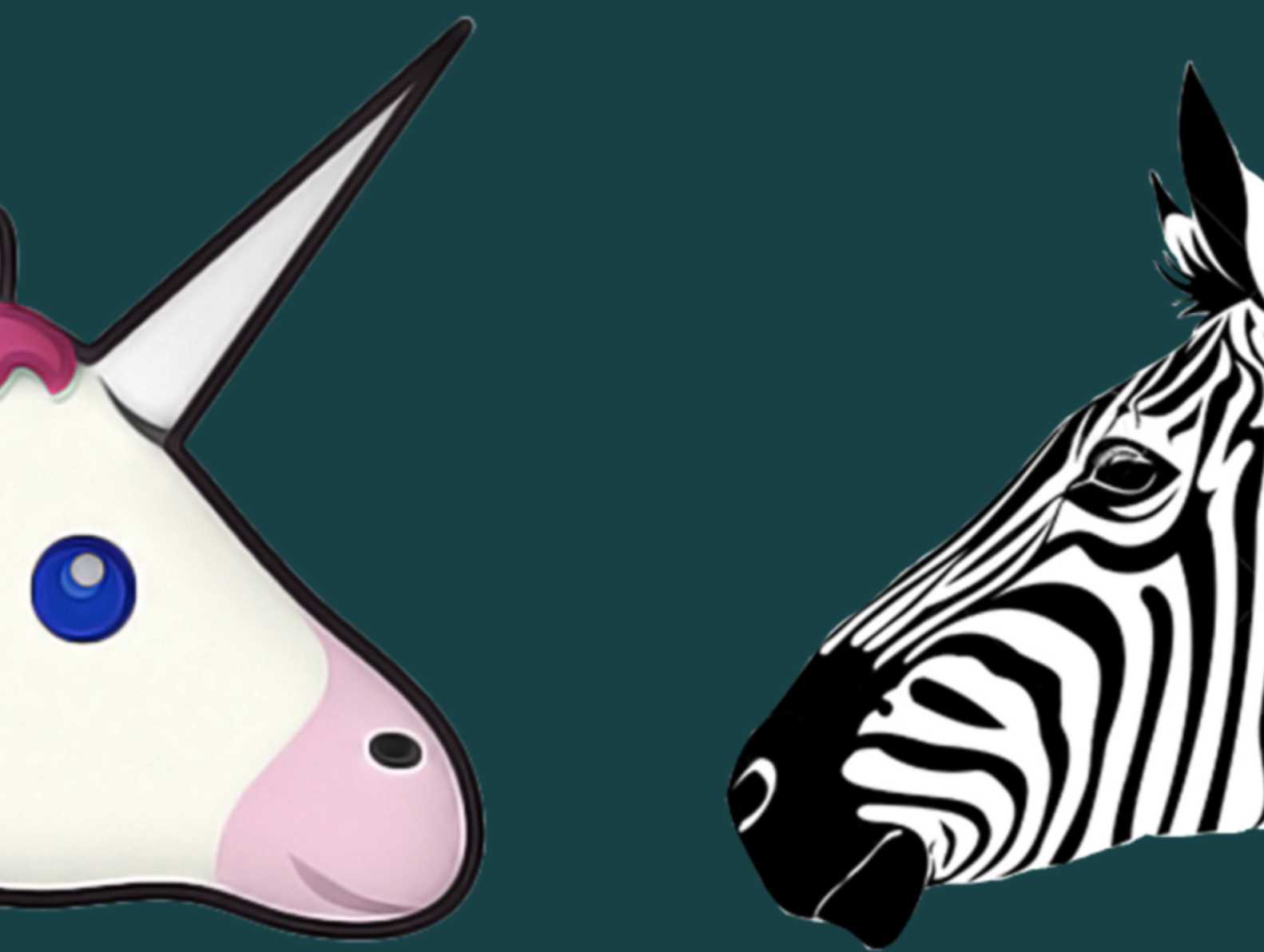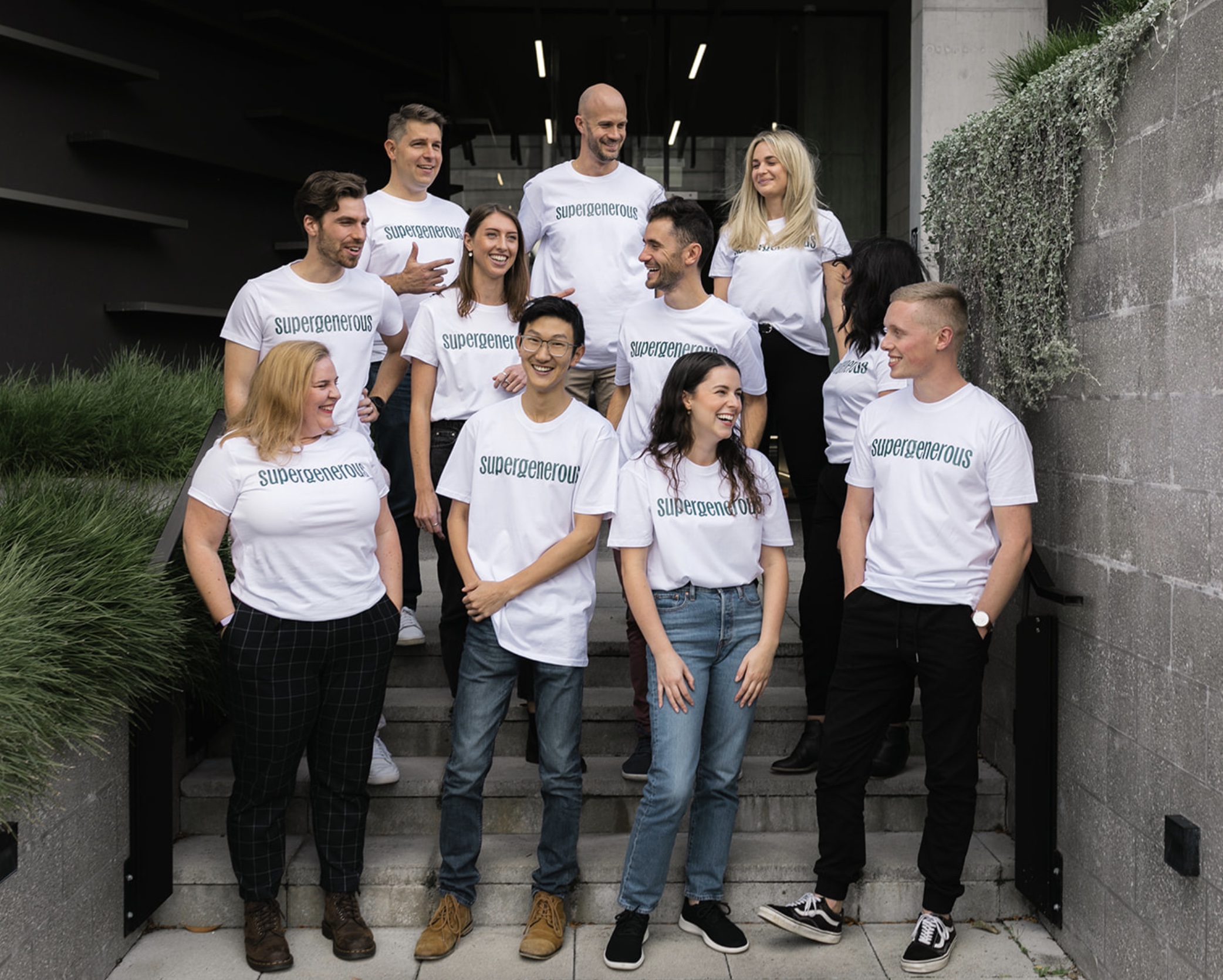Creating A Zebra With Supergenerous

My 18-year career in investment and asset management was the result of what many would describe as a traditional climb up the corporate ladder.
Completing stints in Beijing, Melbourne, Paris and London – my job was to help large institutional investors and small family offices take advantage of capital market inefficiencies using cutting edge technology. What does that mean in plain English? Basically, helping cash rich organisations and people increase their wealth. To be honest, at the time my mindset was that “this is just how the world works” and that it was a stable and interesting career. However, it’s still a time in my life I am incredibly grateful for and in hindsight realise that the skills I gained are one of my greatest assets (excuse the pun) as a social enterprise founder.
To take a few steps back - what made me do a complete career 180? Well, as cliché as it sounds, my two amazing children Maelyse and Seb. For any parents reading this, there’s nothing quite like seeing the future through the eyes of your offspring to make you reconsider your impact on the world, am I right? It was at this point in my life that I realised what my prior work in asset management was missing – the shared value. Where was the positive impact outside of a select few? How could I create equal value for not only local communities but society as a whole?
Now at this point I had an epiphany but not a lot else to go off – so I decided to start by going back to school (at Tech Futures Lab in Auckland). This was where I first learned about human centered design and began to think about what a slight modification of this process could look like for social enterprise - purpose led design, if you will. I didn’t have a word to describe what I wanted to build back then, but I now know that it was a zebra - a concept first articulated by business founders Mara Zepeda, Aniyia Williams, Astrid Scholz and Jennifer Brandel*.
So, what is a zebra you ask? Yes, a striped animal but from a business perspective it’s also the opposite of a unicorn - the select group of roughly 600 companies with a post-money valuation of $1B+. As the previously mentioned founders explain – “A unicorn is a mythical animal, so investors expect magical results: lightning growth, near-monopolies and a record-setter IPO yielding 100x or 1,000x returns.” Now, I will note at this stage that it is an incredible thing when a company is able to achieve unicorn status with many jobs being created and big returns for investors. But where the zebra option differs is looking at how we can create value for not only people and investors but also society at the same time.
Many people assume that because of this definition, a zebra company is less ambitious or almost apathetic towards traditional business metrics – but this is not the case. The key difference is that the way success is measured is about more than the bottom line and this is exactly what myself and the team are building with Supergenerous. For example, realising that 60% of Kiwis don’t claim their donation rebates and that this creates an opportunity to build a business is where the skills I honed through asset management are very useful. But understanding that this money can be put back into charitable organisations to do even more good in our communities is the zebra mindset – and where we have positioned ourselves as a social enterprise.
I think this concept is still relatively novel in New Zealand – with consumers often wanting one extreme or the other. By this I mean a profit-driven business where they exchange money for goods or services or a not for profit like a charity. Businesses that have zebra models are often accused of being for-profit but with a cover story that makes it seem like they’re not. A wolf in sheep’s clothing if you will. Now I can’t speak for all social enterprise founders, but what I can say is that these sorts of businesses are often the exception rather than the rule and are usually weeded out by consumers fairly quickly. Real zebras show their commitment to positive social impact through the continuous demonstration of purpose-driven business decisions over time.
One of my favourite Maori phrases is “I orea te tuatara ka patu ki waho” which roughly translates to “a problem is solved by continuing to find solutions”. It speaks to the need for creative thinking, adaptability and perseverance in finding solutions for some of the biggest problems we face as a society today. To me, continuing to find solutions in my professional life involves challenging traditional business models and helping others understand that the path least travelled is often the most rewarding. Whether you are looking to become a founder, wanting a change in your career or even an established executive I challenge you to think about what true business success looks like to you – and perhaps if the zebra option may be on your horizon.
*Zebras Fix What Unicorns Break - https://medium.com/zebras-unite/zebrasfix-c467e55f9d96
.png?width=4912&height=1481&name=SG_Logo_RGB_Green-02%20(2).png)

